Ireland< Part 4)
So, what is the c-store market like in Ireland?
Note: This is an ongoing series:
The previous three weeks we’ve discussed different aspects of Ireland without much mention of gas stations or convenience stores, mainly because our tight tour schedule left little room for us to chase down, explore, and take photos of convenience retailers on the island. There also was a heck of a lot of interesting non-industry-related stuff that we really wanted to share with SSCS readers. Take this photo of Donegal Castle, for example:
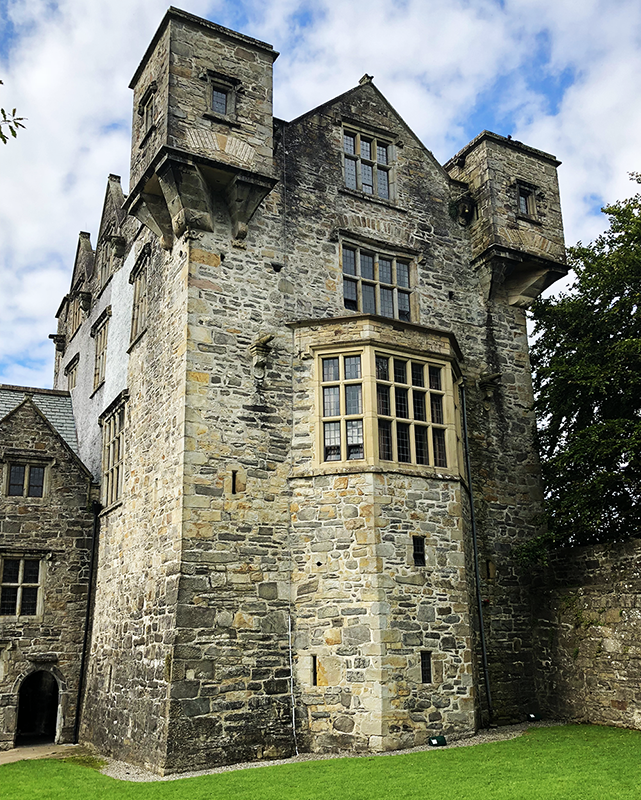 Gas stations and convenience stores weren’t completely out of our reach during our visit, though. So this week we’re sharing our impressions of Irish convenience and publishing the related photos we managed to snap. There is nothing scientific about this exercise; we’re simply writing our observations based on our (limited) experience.
Gas stations and convenience stores weren’t completely out of our reach during our visit, though. So this week we’re sharing our impressions of Irish convenience and publishing the related photos we managed to snap. There is nothing scientific about this exercise; we’re simply writing our observations based on our (limited) experience.
Let’s start with a broad statement: convenience stores are pervasive throughout Ireland (like most of the world). We found them in charming tourist towns, off-the-beaten-path villages, and major population centers. Smaller Irish towns and even parts of larger cities almost always seem to consist of narrow streets and shops that cozy up next to each other without separation. The locations don’t have the room (or likely the inclination) to shoe horn in a gas station or two, so we saw a high percentage of store-only retailers, like this one in Westport:
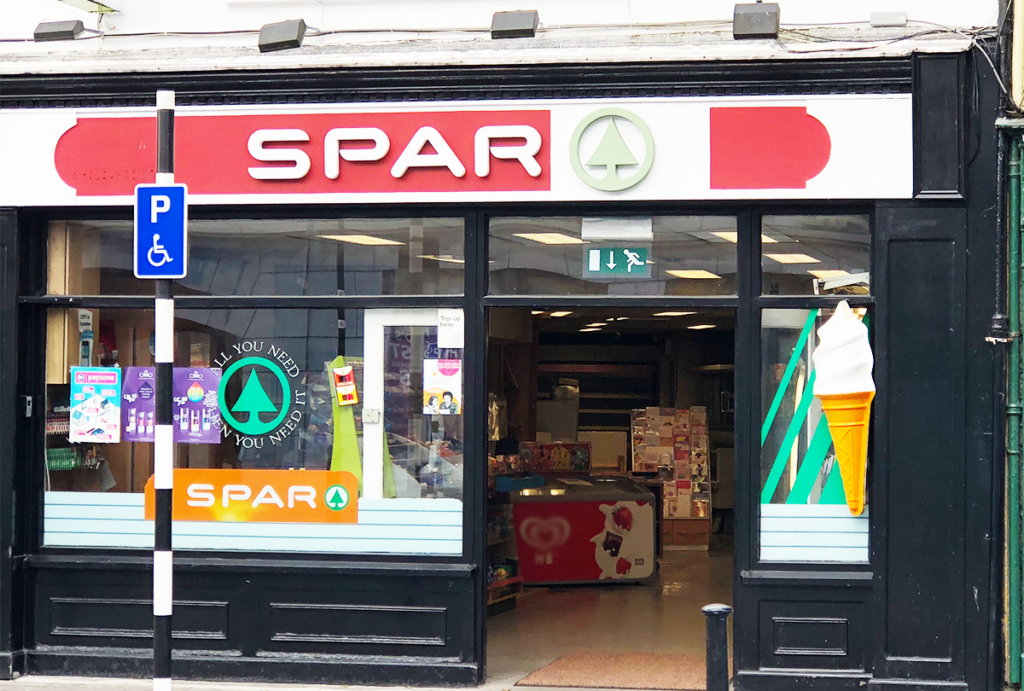 Spar, founded in the Netherlands, is one of the country’s largest convenience store chains and has been doing business in Ireland for more than 50 years. We saw them everywhere: in rural environments with a gas station and upholstery shop attached (see last week’s post), in the Atlantic seaside getaway town, Galway, (see header photo), and in a palatial location in Dublin (where the store was branded gold instead of red), complete with a customer lounge and store space devoted to different food franchises such as a doughnut shop and a deli.
Spar, founded in the Netherlands, is one of the country’s largest convenience store chains and has been doing business in Ireland for more than 50 years. We saw them everywhere: in rural environments with a gas station and upholstery shop attached (see last week’s post), in the Atlantic seaside getaway town, Galway, (see header photo), and in a palatial location in Dublin (where the store was branded gold instead of red), complete with a customer lounge and store space devoted to different food franchises such as a doughnut shop and a deli.
We found another Spar in a small town on the eastern coast of Northern Ireland called Ballymena-Carnlough that was right on the water. It fit right in: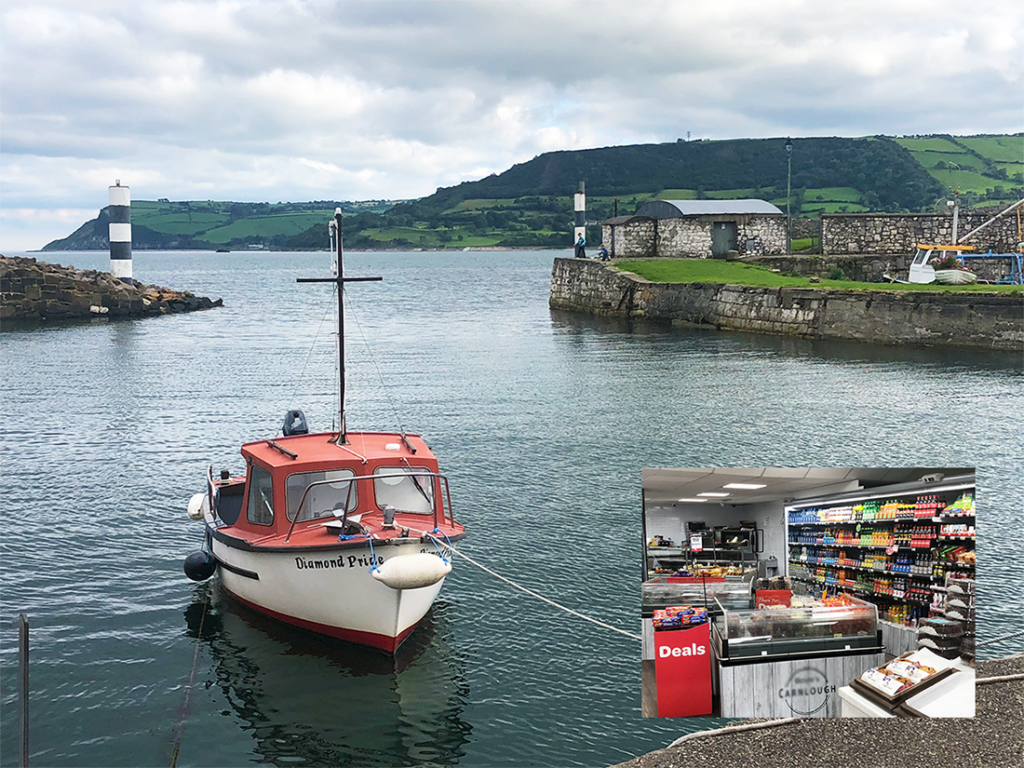 As is true in the United States, the partnering of franchise brands with convenience store brands was widespread, indicative of the global nature of convenience retailing trends. The following Applegreen site, on a motorway not far from Dublin, was massive and modern. Beside a large convenience store space, it had enough walk-up food retailers (donuts, boutique coffee and dessert, a Subway, etc.) to resemble a food court—a spacious, well-lit space with plenty of attractive seating. Tour buses stopped there regularly and for good reason—there was enough selection to satisfy even the most diverse crowd. We really liked our Oreo doughnut and do-it-yourself latte. Applegreen, an Ireland-based chain, is becoming an active player in the U.S. market. It will be interesting to see the impact the brand has in America.
As is true in the United States, the partnering of franchise brands with convenience store brands was widespread, indicative of the global nature of convenience retailing trends. The following Applegreen site, on a motorway not far from Dublin, was massive and modern. Beside a large convenience store space, it had enough walk-up food retailers (donuts, boutique coffee and dessert, a Subway, etc.) to resemble a food court—a spacious, well-lit space with plenty of attractive seating. Tour buses stopped there regularly and for good reason—there was enough selection to satisfy even the most diverse crowd. We really liked our Oreo doughnut and do-it-yourself latte. Applegreen, an Ireland-based chain, is becoming an active player in the U.S. market. It will be interesting to see the impact the brand has in America.
 The Applegreen we visited had a drive-through car wash that was notable given its basic design was a little different from what we were used to seeing, with a smaller footprint and a more exposed structure that eliminates the wash “tunnel.” This platform is prevalent in Ireland. Petroleum retailers cite it as being a cost effective way to have a car wash presence for their customer.
The Applegreen we visited had a drive-through car wash that was notable given its basic design was a little different from what we were used to seeing, with a smaller footprint and a more exposed structure that eliminates the wash “tunnel.” This platform is prevalent in Ireland. Petroleum retailers cite it as being a cost effective way to have a car wash presence for their customer.
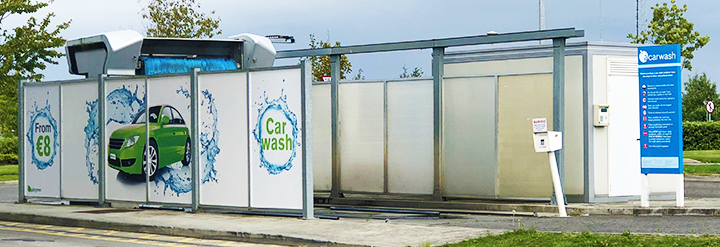 Speaking of designs, the following family-owned Maxol Mace convenience store/gas station, a few blocks outside downtown Westport, has an exterior crafted to reflect the charm of its surroundings.
Speaking of designs, the following family-owned Maxol Mace convenience store/gas station, a few blocks outside downtown Westport, has an exterior crafted to reflect the charm of its surroundings.
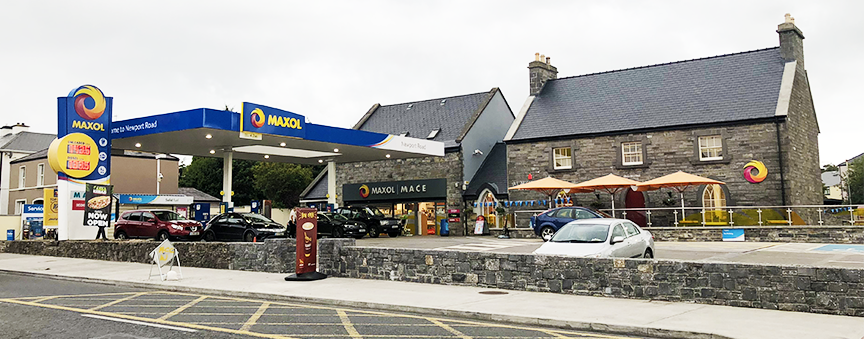 Other brands that appeared to be well-represented throughout Ireland included Go Express, a modern Irish-owned store with a sleek modern design that we ran across in Belfast, North Ireland:
Other brands that appeared to be well-represented throughout Ireland included Go Express, a modern Irish-owned store with a sleek modern design that we ran across in Belfast, North Ireland:
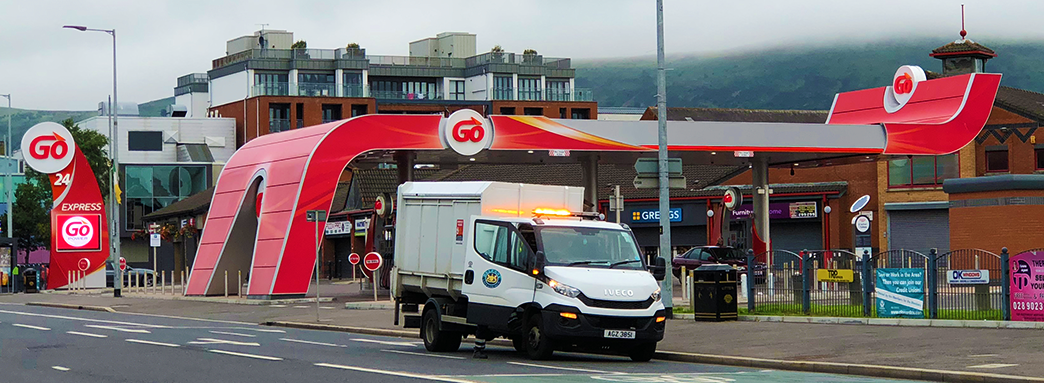 We spotted many Top Oil stations. This one is in the Irish Republic town of Stranorlar and is paired with a Mace convenience store:
We spotted many Top Oil stations. This one is in the Irish Republic town of Stranorlar and is paired with a Mace convenience store:
 The three operations above are examples of the traditional gas station model that folks are used to seeing, but we did notice that one popular convenience store brand, Londis—often paired with Subway—seemed to specialize as the stand-alone type of store designed to squeeze into the crannies of tight retail spaces. This one was not too far away from our hotel in Dublin, and gives you a sense of how stores like this fit into their block’s storefront on a busy street (in-between a pub and a betting shop so you have the big three right in one location):
The three operations above are examples of the traditional gas station model that folks are used to seeing, but we did notice that one popular convenience store brand, Londis—often paired with Subway—seemed to specialize as the stand-alone type of store designed to squeeze into the crannies of tight retail spaces. This one was not too far away from our hotel in Dublin, and gives you a sense of how stores like this fit into their block’s storefront on a busy street (in-between a pub and a betting shop so you have the big three right in one location):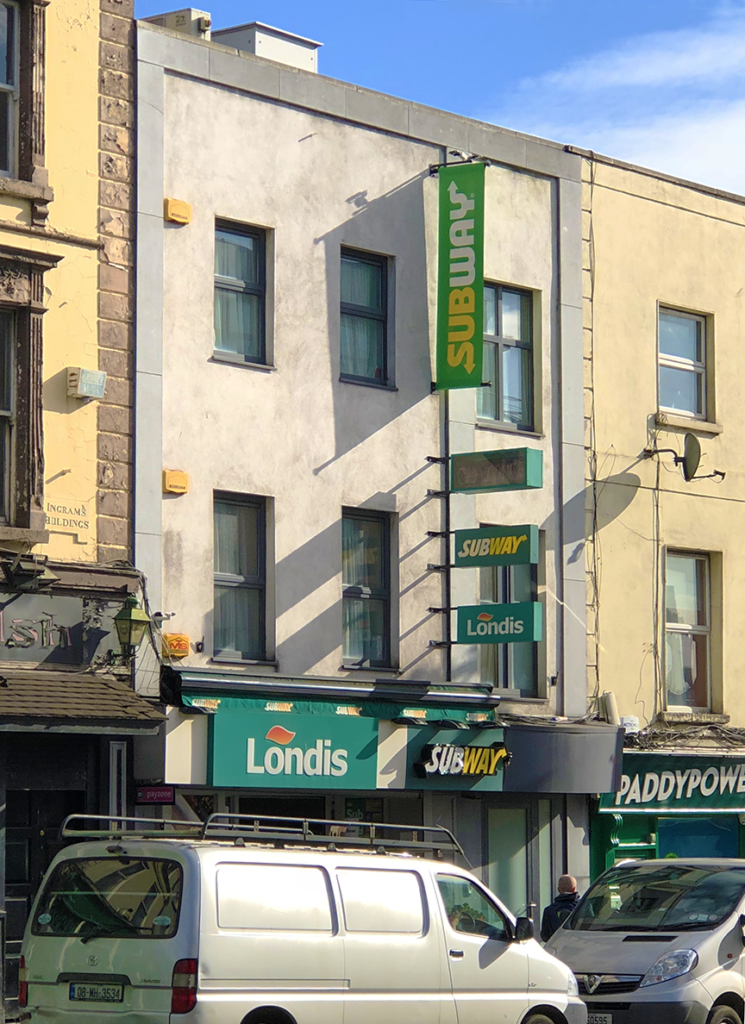 While we undoubtedly could have gotten more industry-related pictures if we were willing to bring our bus to a grinding halt every time we reached a new town, we weren’t willing to risk the ire of the rest of our group or our good standing on the tour. We hope this part of the post at least gives you a glimpse into a global industry that has more commonalities than differences when it comes to retailing. And, as we’ve showed you the last few weeks, the rest of Ireland wasn’t all that bad, either. We’ll leave you with a reminder:
While we undoubtedly could have gotten more industry-related pictures if we were willing to bring our bus to a grinding halt every time we reached a new town, we weren’t willing to risk the ire of the rest of our group or our good standing on the tour. We hope this part of the post at least gives you a glimpse into a global industry that has more commonalities than differences when it comes to retailing. And, as we’ve showed you the last few weeks, the rest of Ireland wasn’t all that bad, either. We’ll leave you with a reminder:

To continue on to the last part of this series, click here.



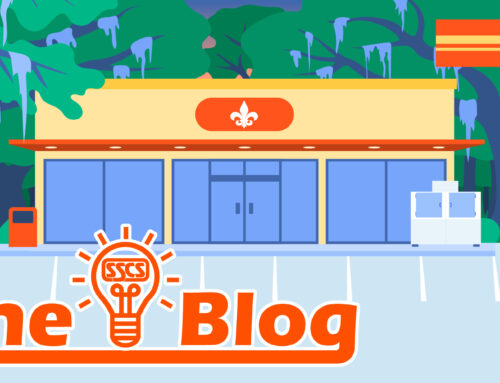

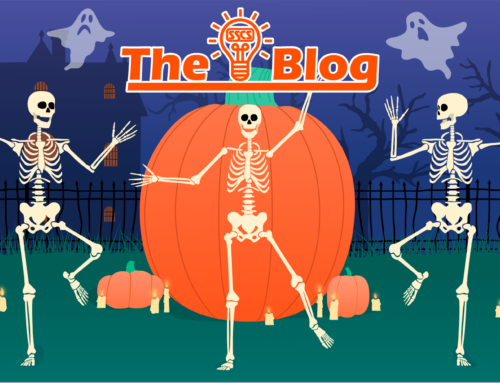

Leave A Comment